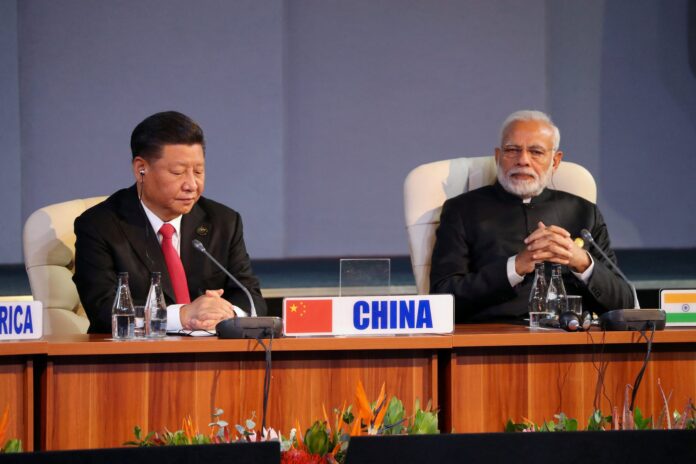Author: Lai-Ha Chan
Affiliation: University of Technology, Sydney, Australia
Organization/Publisher: Global Change, Peace & Security/ Routledge
Date/Place: June 5, 2020/ UK
Type of Literature: Journal Article
Number of Pages: 20
Link: https://www.tandfonline.com/doi/full/10.1080/14781158.2020.1772215
Keywords: Regional order-building, legitimation, China’s Belt and Road Initiative, debt-trap diplomacy, India
Brief:
China’s Belt and Road Initiative (BRI) was initiated in 2013 to link the peripheral region with a sustainable communication network, i.e. roads, ports, and internet infrastructure. Meanwhile, to restrict Beijing’s ambitious move, the US has adopted a pivot strategy to Asia, which includes enhancing strategic and economic ties with regional countries. China’s contestation in the South China sea regarding the claims for sovereignty over Paracel and Spratly islands was also exploited by the US to form an Asia-Pacific alliance to isolate Beijing. This article focuses on the Asia-Pacific region and the power struggle between China and India over the control of sea lines of communications (SLOCs). The article first discusses the regional contestation with the theoretical framework of order-rebuilding followed by the legitimation of BRI and consent of other states. Whereas New-Delhi has severe concerns against this project that threatens its potential hegemony in South Asia, it criticizes China for using debt-trap diplomacy, i.e. that it materializes its goals by giving huge financial loans to least developing economies of the region. Moreover, China is also closely cooperating with Pakistan, Sri Lanka, and Maldives to secure the sustainability of maritime trade that is called “String of Pearls.” According to this study, success of BRI and the Chinese attempt of reordering in Indo-Pacific is only possible with the cooperation of India and China. On the other hand, the US-India strategic partnership was signed in 2016 to counter the military might of Beijing in the Indian Ocean. India is also working with the Association of Southeast Asian Nations (ASEAN) to form counter alliances in the region. The author concludes that regardless of this contest in the Indian Ocean, both China and India have strong economic ties and this interdependence restricts both arch rivals from initiating a large-scale hostility. Border skirmishes and maritime harassment between Beijing and New Delhi are part of the game unless the former retreats or the latter accepts the rules of the new game.
By: Muhammad Taimoor Bin Tanveer, CIGA Research Associate




